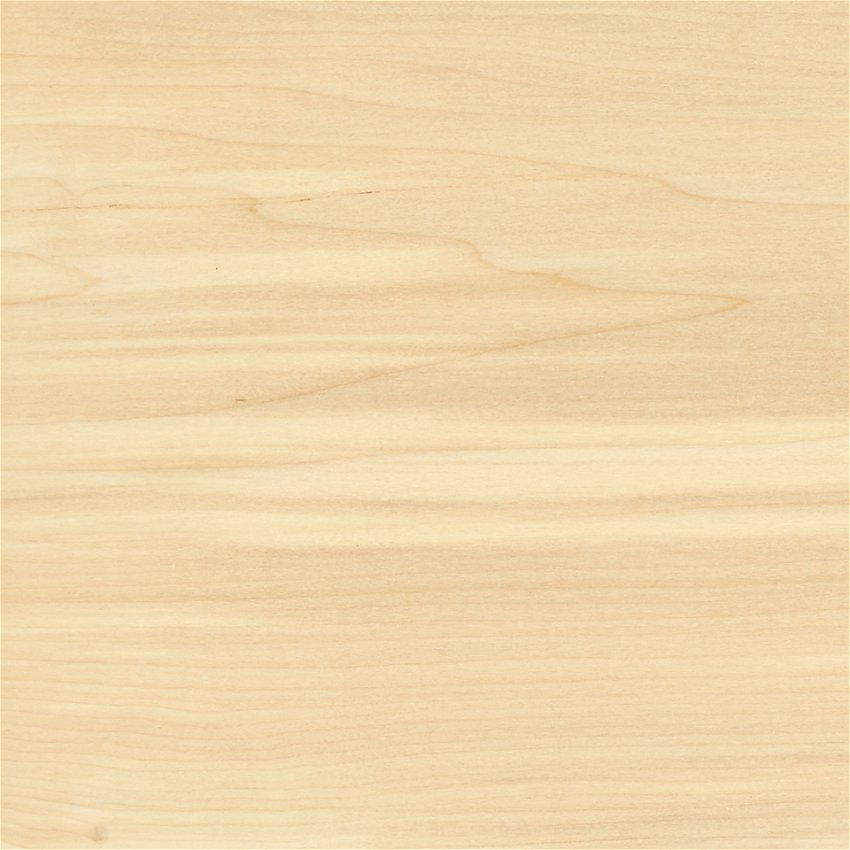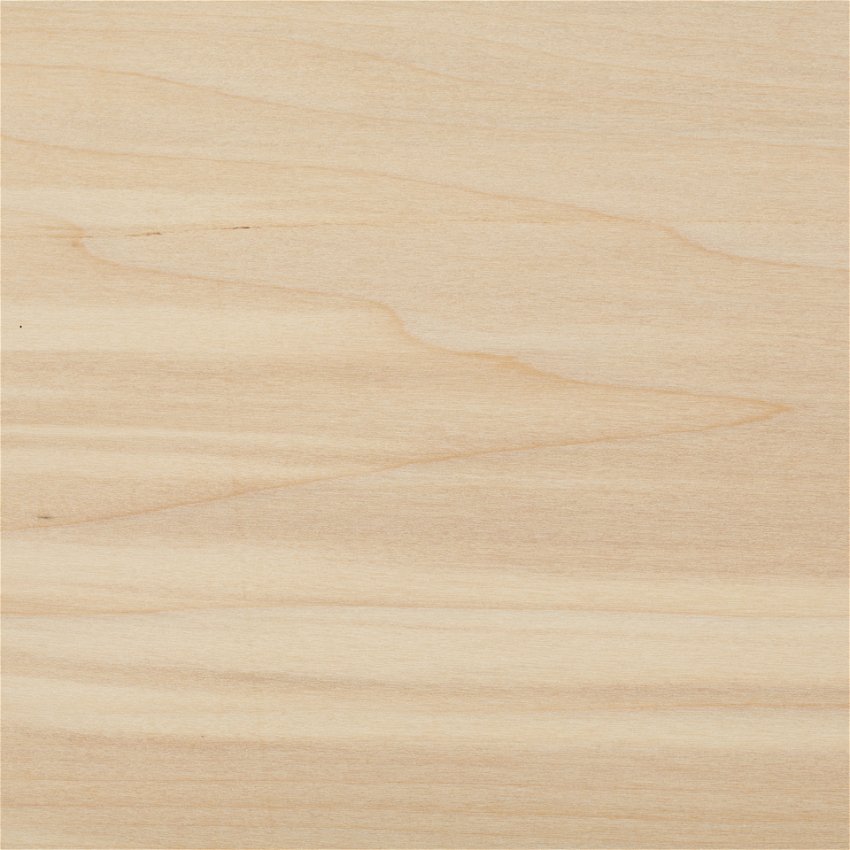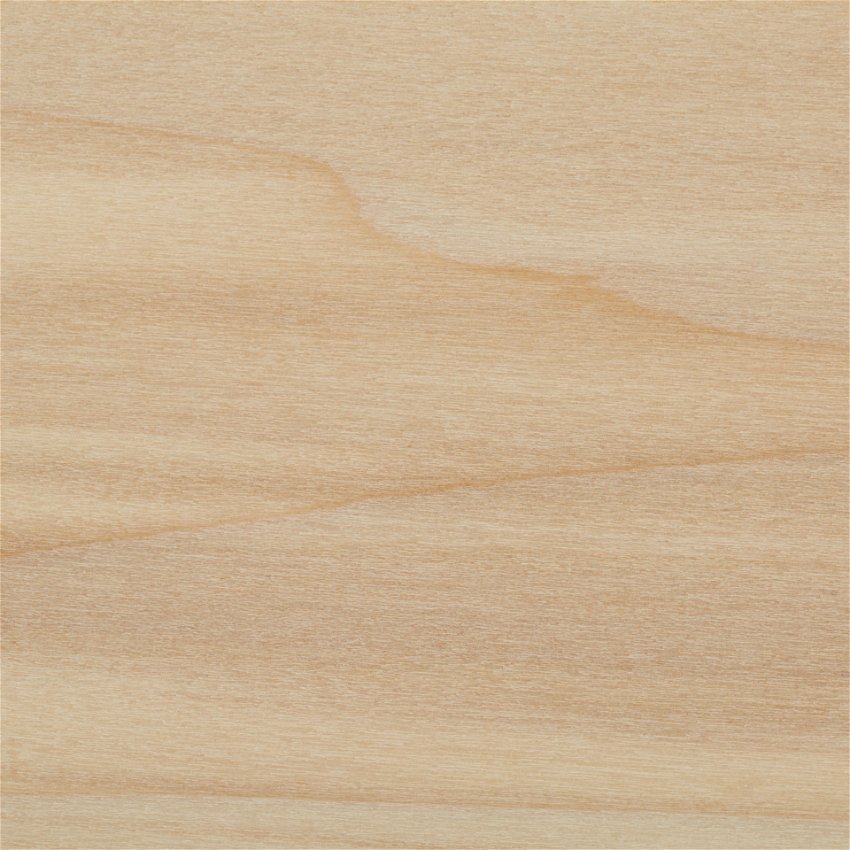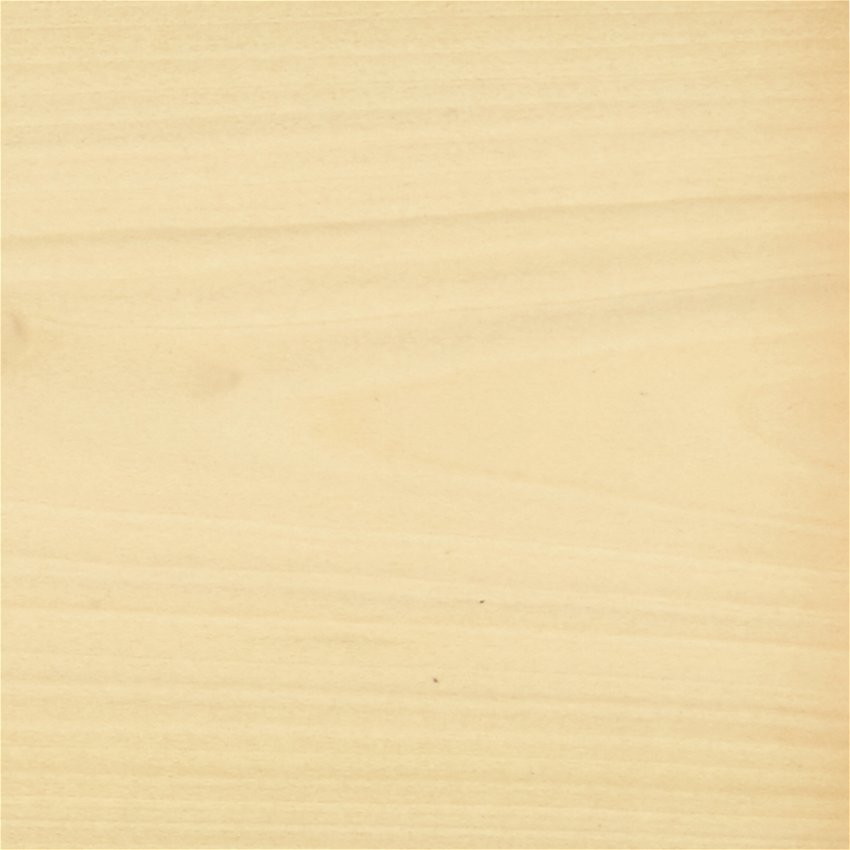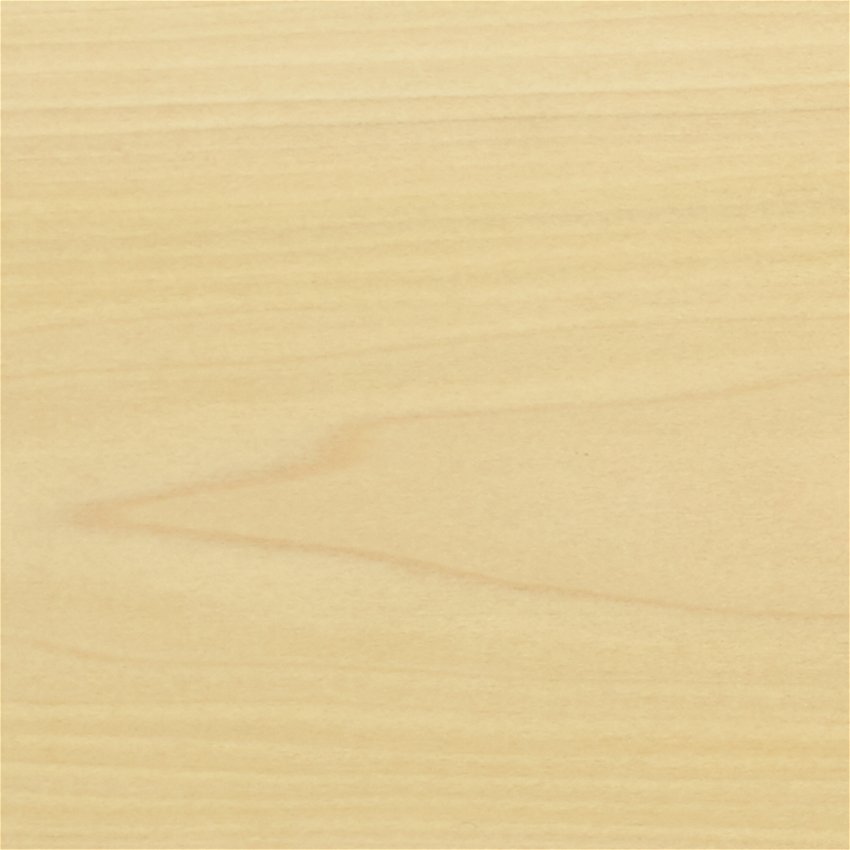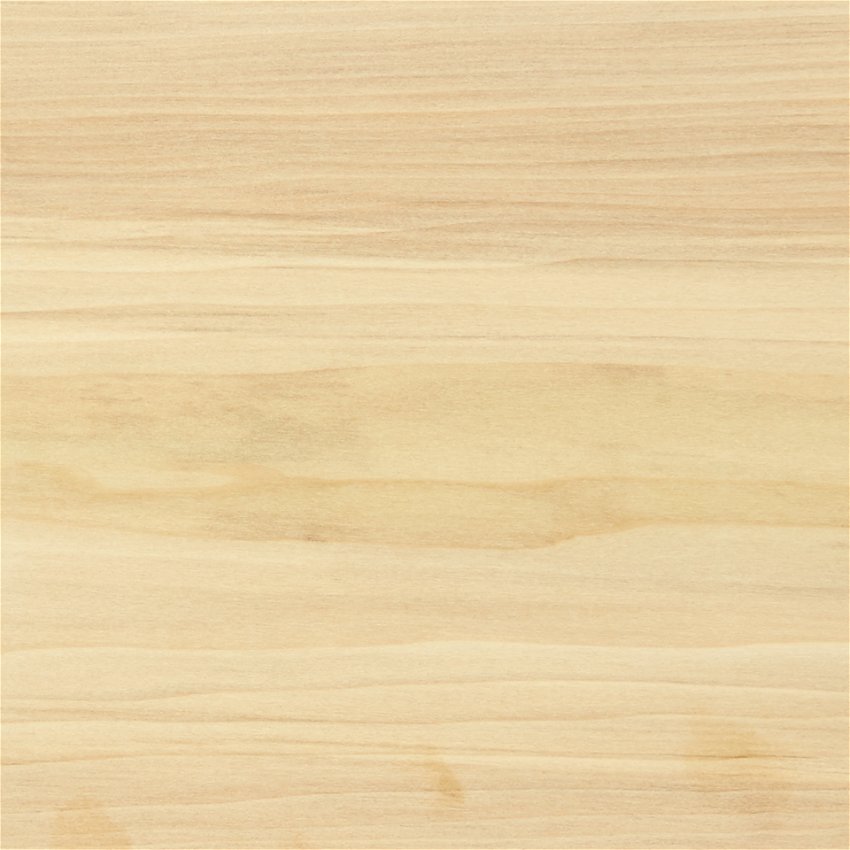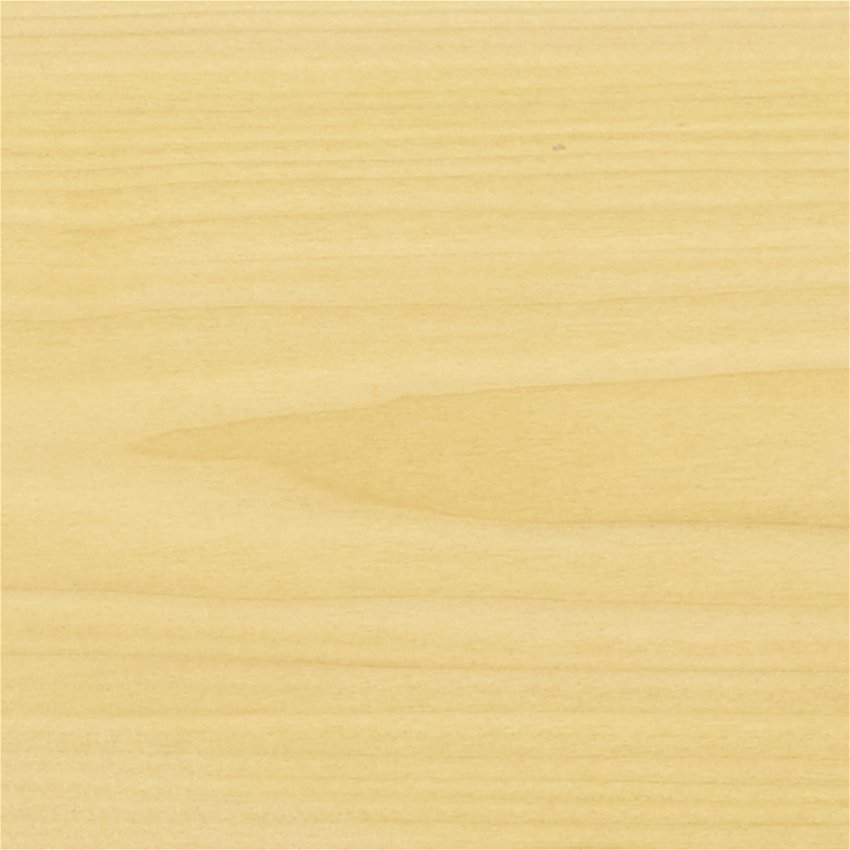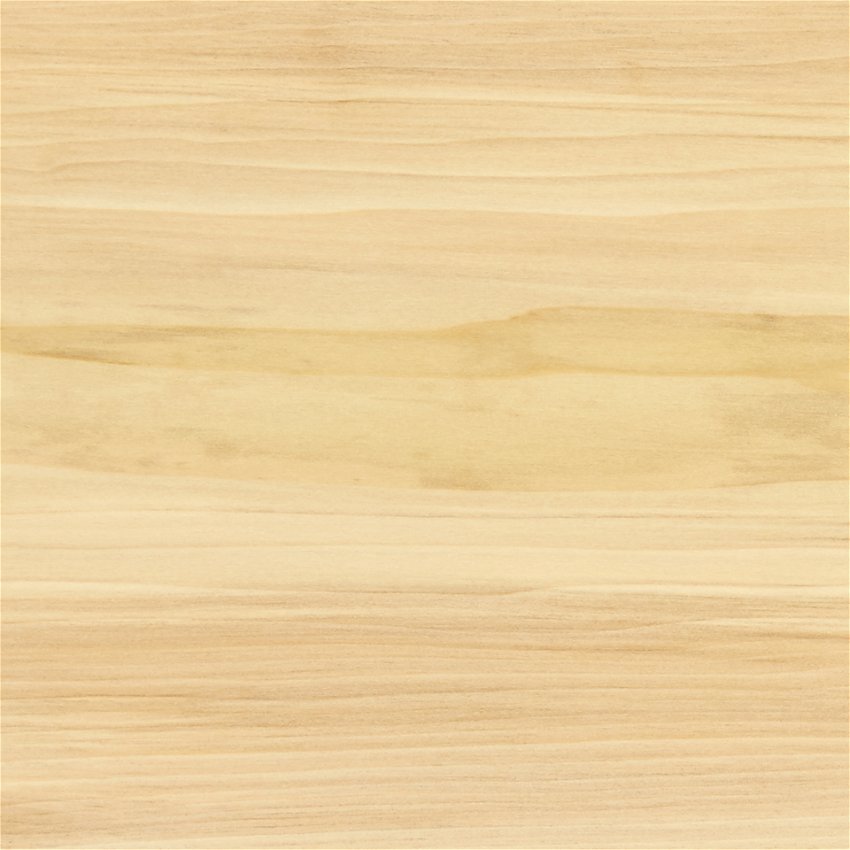American Tulipwood
Overview
Commercially American tulipwood is one of the most prolific hardwood species from the U.S. hardwood forests and is unique to North America, having been eliminated in Europe by the last ice age. Tulipwood trees grow exclusively in North America and are widely distributed throughout most of the eastern United States in mixed hardwood forests. It is a single species and is not a poplar (Populus) being a Magnoliacae producing wood that is superior to the many poplar species. The trees are huge and identified by their tulip-like flowers giving rise to the name. Tulipwood grows from north to south and is one of the most sustainable hardwoods in the USA.
Tulipwood has less strong grain characteristic than species such as ash and oak and is more like maple in character but darker in color. However, there is a marked difference between the sapwood and heartwood of tulipwood. The sapwood of is creamy white whereas the heartwood can vary from pale yellow or brown and even green to purple in extreme cases. The wood darkens with time on exposure to UV light and the green color will turn brown. The wood of tulipwood is straight-grained with a medium to fine texture.
This sustainably managed wood from natural forests of North America, with excellent environmental credentials, is a key species in many export markets. Its main uses are in furniture, doors, panelling, architectural interior joinery and moldings and kitchen cabinets. It is also used in certain applications for construction and in some specialist applications such as carving.


